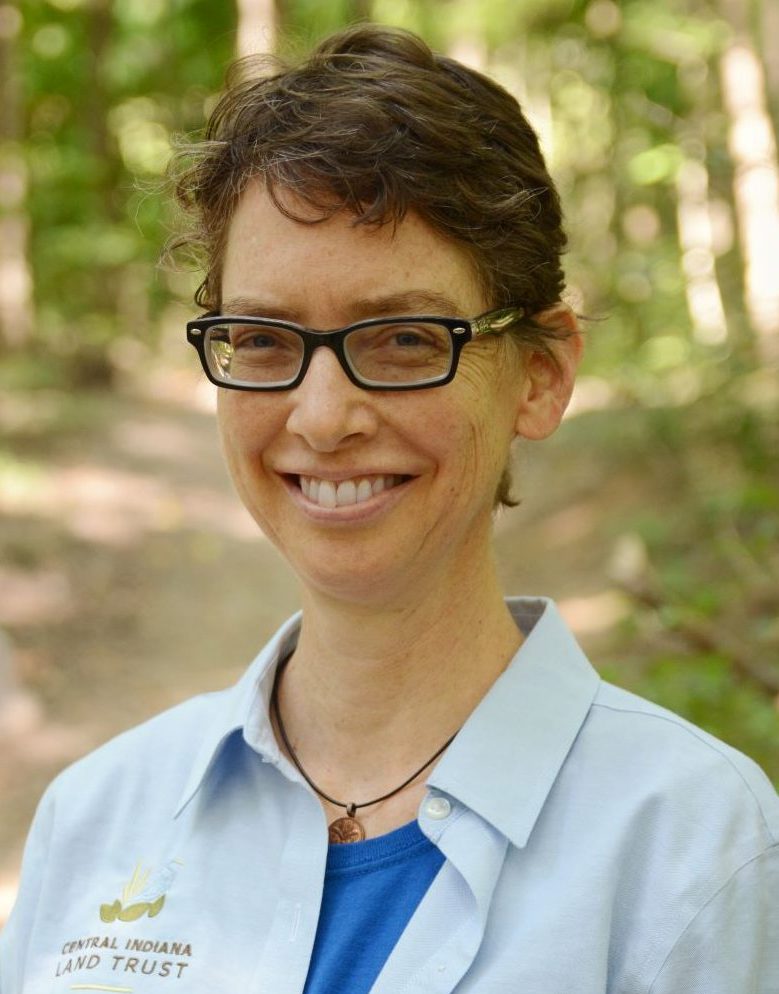In honor of Black History Month, we’d like to lift up some historical (and present day) Black voices of the American environmental movement. Though often unsung, these and many other individuals deserve our gratitude for their leadership, resilience and innovation.
George Washington Carver, an agricultural scientist and inventor, was born into slavery but went on to develop hundreds of products using peanuts, sweet potatoes and soybeans. The first Black man to receive a bachelor of science degree, he earned his master’s degree in agricultural science from Iowa State University. He taught at Tuskegee University for decades, conducting research that would prove valuable to farmers—and to the environment.
For example, he showed cash-strapped farmers that they could avoid commercial feed, instead feeding hogs acorns. He taught how to fertilize croplands with swamp muck instead of commercial additives.
But his research into soil chemistry would have the most lasting impact, when he developed the idea of crop rotation. Carver saw that years of cotton crops had resulted in soil depletion. His tests showed that growing nitrogen-fixing plants like peanuts, soybeans and sweet potatoes restored the soils. Yield increased dramatically when the acreage was returned to cotton crops after a few years.
Harriet Tubman, celebrated conductor on the Underground Railroad, served as a scout, spy, guerrilla soldier, and nurse for the Union Army during the Civil War. According to an Audubon article, she was also an incredible naturalist and outdoorswoman. She had to be, in order to conduct so many enslaved people to safety. Her sweeping knowledge of the region’s environment and wildlife enabled her survival. She used a signature birdcall to communicate, skillfully imitating the barred owl call of Who cooks for you? Who cooks for you-all?
In more recent history, many Black leaders have been making their mark in the environmental movement. Dr. Robert Bullard has been called the father of environmental justice for his work with marginalized communities hardest hit by environmental degradation. His interest in the topic began when he noticed that every landfill in Houston, TX was sited in predominately black neighborhoods. He helped organize the First National People of Color Environmental Leadership Summit in 1991, where 17 principles of environmental justice were drafted.
The late Hazel Johnson, “the mother of environmental justice,” founded People for Community Recovery in Chicago in the 1970s to boost environmental awareness and encourage a more sustainable society. She was instrumental in the passing of legislation that directed federal agencies to address their disproportionate adverse health and environmental impacts on minority and low-income populations.
Meanwhile Audrey and Frank Peterman have been active in the conservation movement since 1995. A leader in the movement to make America’s public lands relevant to every demographic group in our population, Audrey has long served on the board of the National Parks Conservation Association. She has authored several books, including Legacy on the Land: A Black Couple Discovers Our National Inheritance and Tells Why Every American Should Care.
Biologist Dr. Mamie Parker is another trailblazing conservationist. Before her retirement she served 30 years with the United States Fish and Wildlife Service (USFWS). She was the first Black woman to serve as the Assistant Director of Fisheries and Habitat Conservation. She gained her love of nature from her mother, an avid angler.
Dr. Parker spoke of her journey at a recent Indiana Wildlife Federation annual conference. She described encountering harassment in her chosen field. “I’ve been told many times, not just as a woman, but a Black woman, that I didn’t belong,” she said. She went on to receive the US government’s highest honor for career service employees for her accomplishments, the Presidential Rank Meritorious Service Award. At the conference, she encouraged attendees to help make the outdoors safe for all people and to forge new partnerships toward greater inclusion.
We salute these inspiring leaders!

Shawndra Miller
Communications Manager